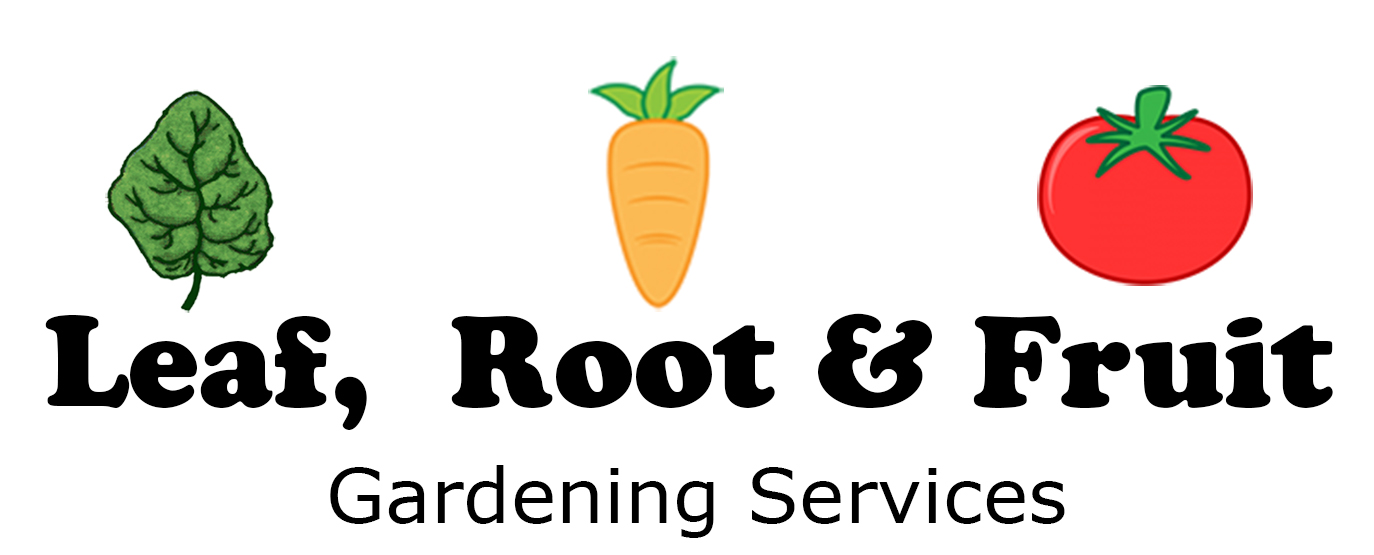I covered this topic briefly for my paid subscribers in part 29 of the Vegetable Patch from Scratch series. I want more gardeners to be aware of this issue so I’m writing about it in more detail and making this article free for everyone to read and share.
Shivering citrus trees

This yellowing of leaves is normal. Citrus trees are evergreen. They don’t have an annual replacement of all the leaves in the canopy like deciduous trees do. Instead, the leaves on citrus trees can hang around for about three years. In optimal conditions they do. In a warmer climate than mine, the oldest leaves are usually shed throughout the year, rather than in one great autumnal crescendo.
But in suboptimal conditions citrus trees will shed leaves earlier. Disease, nutrient deficiencies, under- or over-watering and also cold weather can stimulate the leaves to drop much earlier than the “normal” three years.
Citrus trees originated in the subtropics. However, my citrus trees are not growing in a subtropical climate. Mine are growing in a cool-temperate climate. The trees have not evolved to cope with the cold winters of south eastern Australia.
The citrus tree responds to this cold by shedding some leaves. Most leaves turn pale green, or even yellow. The symptoms look very similar to those of several nutrient deficiencies but are actually caused by the cold weather. All the fertiliser in the world won’t fix them. Yet I see countless social media “experts” doling out advice that the tree is deficient. “Give it some Epsom salts” or “It needs a feed,” they say.
The only thing your citrus really needs is a good dose of warmer weather. In spring, the tree should bounce back and regain its healthy coverage of dark green leaves. All without any intervention on your part.
Check out my comprehensive five-part guide to growing citrus tree here.
Have you got the wrong culprit?
Sometimes your plants are genuinely suffering from a nutrient deficiency. This is where a correction of the deficiency can really help.
The trouble is that it is very difficult to correctly diagnose a nutrient deficiency from visual inspection alone. Nutrient deficiency symptoms can present differently in different plant species. The patterns or degree and shade of colour change in the leaves may vary hugely depending on the type of plant suffering the deficiency.
More importantly, symptoms of many different nutrient deficiencies can appear very similar. Despite what all those “helpful” nutrient deficiency charts on the web might indicate, it’s just not that simple. Deficiencies in nitrogen, magnesium, iron and sulphur all look very alike. You need to send the leaf off for chemical analysis to be sure of which one it is. This is not something that usually fits into the home gardener’s budget. I’ve never bothered with it.
But surely it can’t hurt to cover all bases anyway?
You might be tempted to self diagnose and correct the supposed deficiency with all manner of “off the shelf” garden products. Surely more of any mineral is better, isn’t it?
Unfortunately not. Soil science is a complicated beast. Adding a bit of something here and there can have huge ramifications for the other nutrients in your soil.
For example, adding too much calcium to the soil (perhaps in the form of garden lime) can alter the pH of the soil. Altering the soil pH can make some minerals more available. But it can also cause some minerals to become “locked up” so that plants cannot access them. Adding calcium could make iron and magnesium symptoms worse. More on the science behind that here.

Why are Epsom salts so dangerous?

If available magnesium is deficient in the soil, the shortage of chlorophyll results in poor and stunted plant growth. It may show as yellowing margins of the leaves. But yellowing leaves could also indicate nitrogen, sulphur or iron deficiency.
In the soil, magnesium and calcium play a delicate balancing act. It’s not the total amount of these two minerals in your soil that are important. It’s the ratio of the two that matters. When there is an excess of available magnesium in the soil, it reduces the availability of calcium to the plant. Therefore, adding Epsom salts to the garden can make a calcium deficiency worse. That’s likely to mean a reduced shelf life for your produce and problems such as blossom end rot in your tomatoes.
The excess of magnesium can also affect the soil structure, making it more compact and less porous. This can exacerbate problems with drainage or lead to anaerobic soils.
Adding Epsom salts to the garden without knowing the existing levels of available calcium and magnesium can do a huge amount of harm to your garden soil. You are far better using compost to help improve your soil, or if you have to, a general purpose fertiliser. See this case study from my own garden for more information on why compost can be so good for your garden.
Please, do me a favour, next time you see someone on social media doling out helpful advice about soil science or advising adding Epsom salts to the garden, share this post with them. Let’s counteract the popular but dangerous misinformation so readily circulated about Epsom salts.

